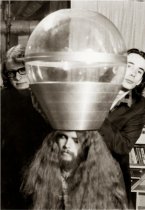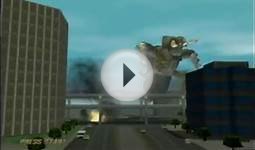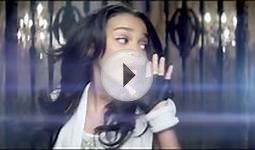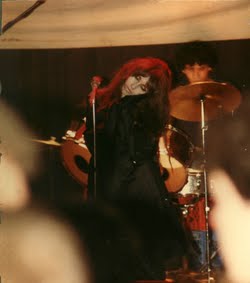All monsters
The RISD Museum in Rhode Island recently asked me to create a playlist as an online compliment to their current exhibition, What Nerve! Alternative Figures in American Art, 1960 to the Present. My relationship to RISD’s project hinges on my avid appreciation for the proto-punk art collective, Destroy All Monsters, which is included among the exhibition’s […]

The RISD Museum in Rhode Island recently asked me to create a playlist as an online compliment to their current exhibition, What Nerve! Alternative Figures in American Art, 1960 to the Present. My relationship to RISD’s project hinges on my avid appreciation for the proto-punk art collective, Destroy All Monsters, which is included among the exhibition’s artists and groups. Founded in 1973 in suburban Detroit, where three of its four members were attending the University of Michigan at Ann Arbor, Destroy All Monsters has since taken on many forms. In the beginning, it was a collaboration between Mike Kelley, Jim Shaw, Cary Loren, and Niagara. Embracing Hollywood trash, amateur noise and sound, theatrical antics borrowed from Dada and the seminal Jack Smith, and the cut-and-paste aesthetic of zine culture, Destroy All Monsters created for themselves their own low and warped gesamtkunstwerk, an inverted utopia that celebrated the morbid and irreverent. After a few years, members cycled in and out, and Destroy All Monsters became more of an official “band, ” taking on members of the legendary Detroit bands the MC5 and the Stooges. Beginning in the 1990s, the original line-up came back together, producing new visual pieces for exhibitions, performing at galleries and museums, and releasing their music, videos, and zines—most of which had never been widely available before that time. Below is the playlist commissioned by the RISD Museum, and a very brief introduction to the many characters that populate it.
The part-time punk band, part-time art collective Destroy All Monsters was a collage in and of itself—an odd mix of oddball characters, each of whom brought in unique points of view, aesthetics, and capabilities. Manifesting in what its members felt was a vacuum of culture, Destroy All Monsters momentarily created a burst of weird, erratic, trash-obsessed, monster-movie creativity that took form through audio recordings, bits and scraps of film, zines, and lost performances. Idiosyncratic and in some ways out-of-time with their surroundings, the members of Destroy All Monsters created their own vernacular culture.
#бет бум букмекерская# контора
You might also like







 Destroy All Monsters were an influential Detroit band existing from 1973 to 1985, with sporadic performances since. Their music touched on elements of punk rock, psychedelic rock, heavy metal and noise rock with a heavy dose of performance art. They described their music as "anti-rock."
Destroy All Monsters were an influential Detroit band existing from 1973 to 1985, with sporadic performances since. Their music touched on elements of punk rock, psychedelic rock, heavy metal and noise rock with a heavy dose of performance art. They described their music as "anti-rock."